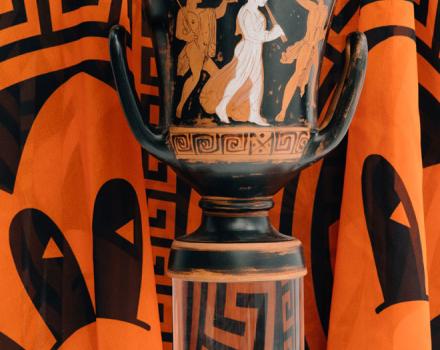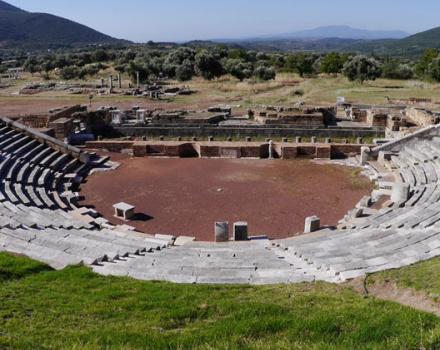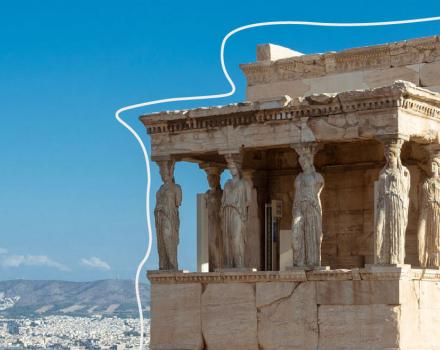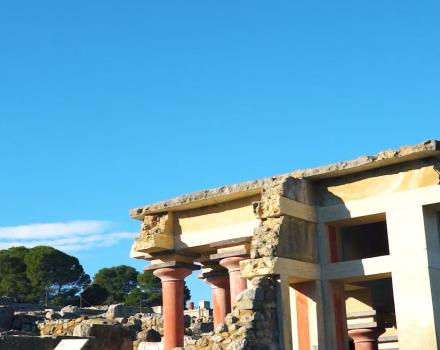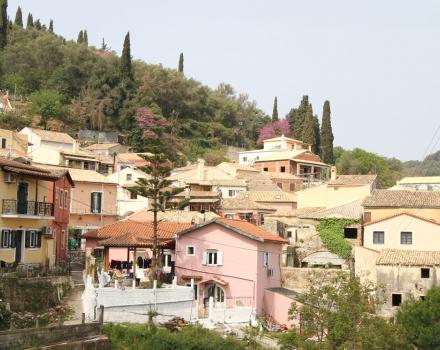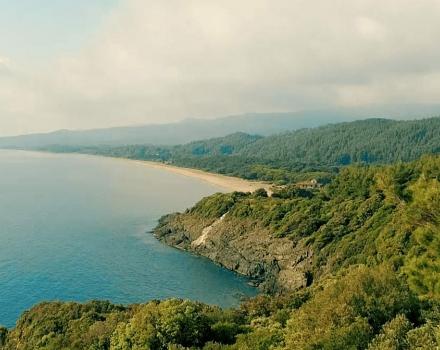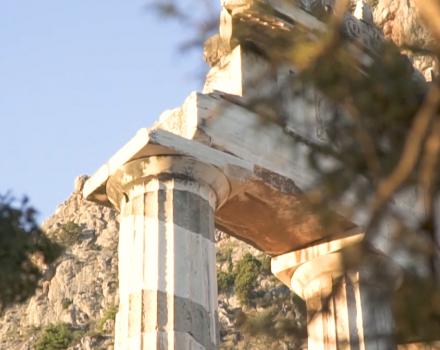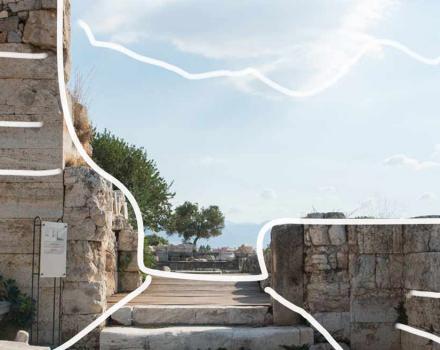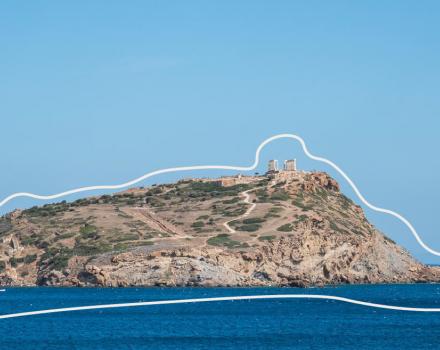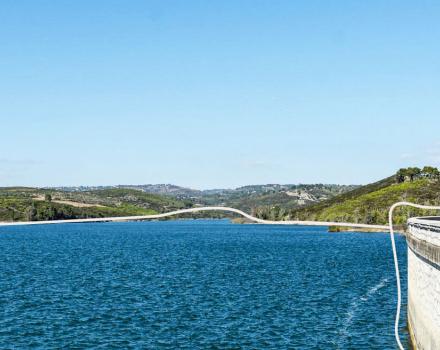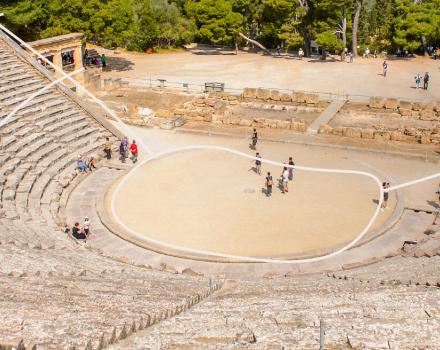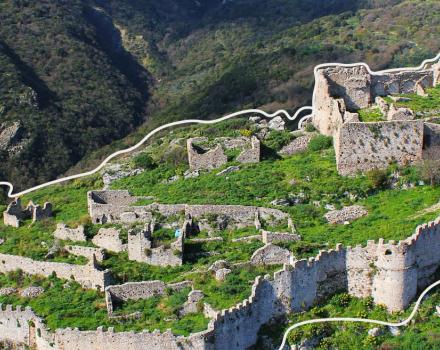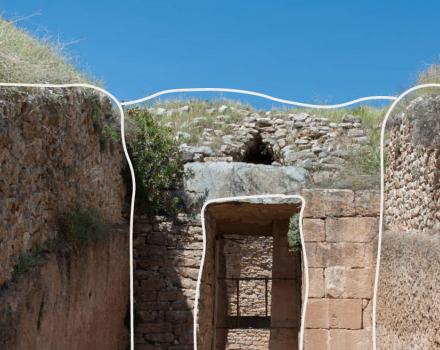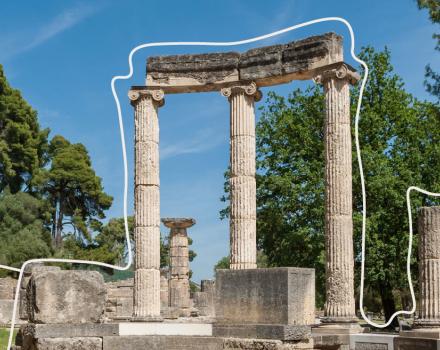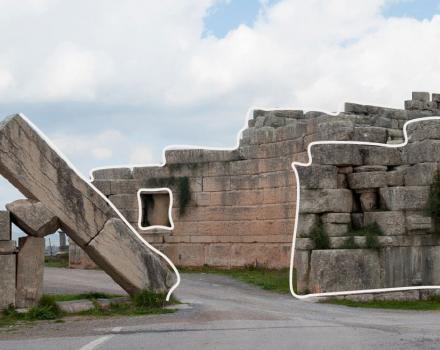Wherever you turn your eyes in Greece, you see the sea around. And if there was a painter who loved the sea as much as anyone, along with the ships traveling in her vastness, that was Konstantinos Volanakis, the great expert of seascape painting. His painting world is full of paintings with sailboats, steamboats, fishing boats, dinghies, harbors and great naval ships are his painting world, all depicting with his personal style. Τhe 72 representative large-scale paintings, presented in the exhibition "Konstantinos Volanakis: “The Father of Greek Seascape", are among his emblematic works. Hosting great masterpieces from public and private collections, the exhibition is organized by the B. & M. Theocharakis Foundation and will have its doors open until 13 May.
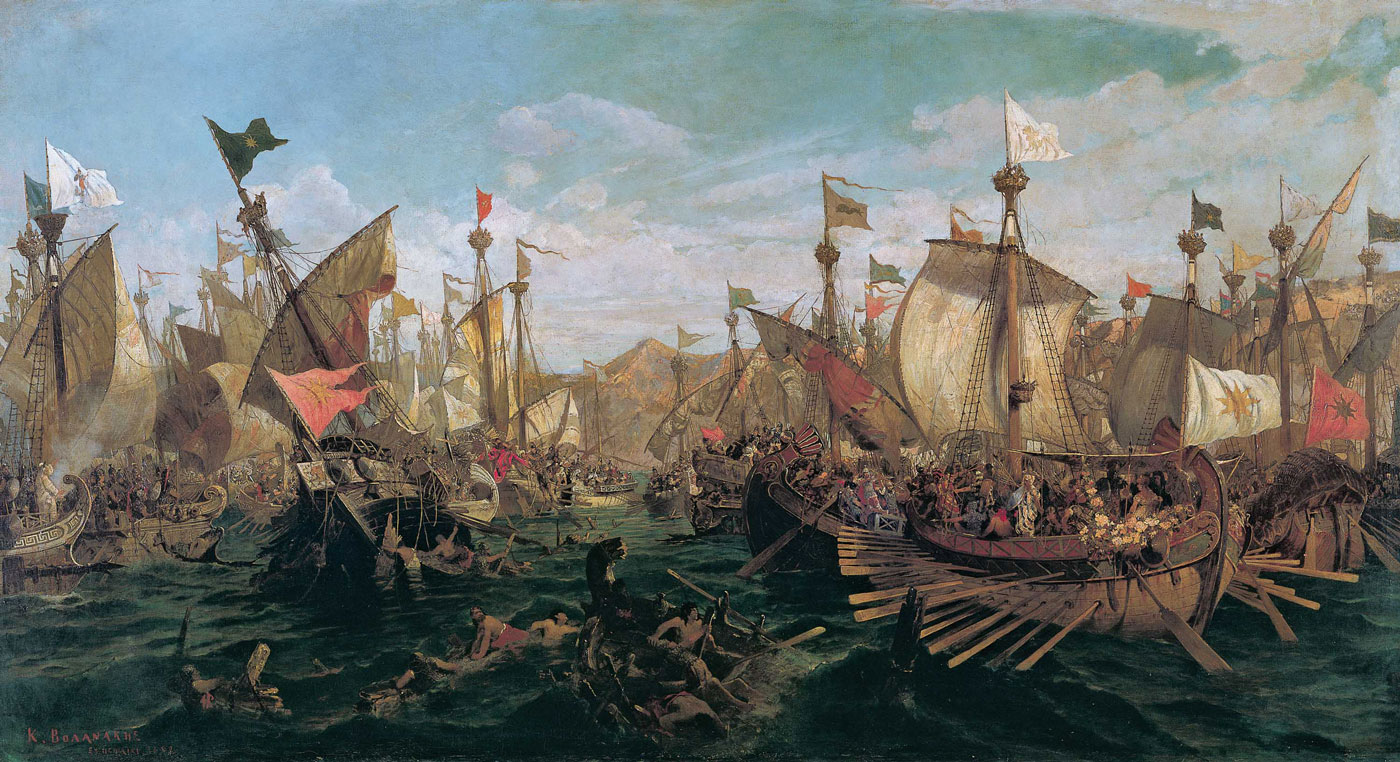
"The exhibition hosts 72 precious paintings that travel us to the painting world of Volanakis, full of beautiful seascapes, harbors, sailboats, steamships, fishing boats, dinghies and great naval battles.
The exhibition reveals Volanakis’ huge offer to the creation of the Modern Greek painting’s profile. At the same time it aspires to introduce not only to Athenian audience, one of the most important painters of the famous "Munich School". A noticeable artist who overcame the moralistic themes and portraiture, which were the predominant trend of the Munich School, with a view to turn his interest to landscape and seascape painting. Furthermore, his relationship with the landscape and the sea holds since he was a child.
Always close to the sea
Born in Herakleion, Crete, in 1837, Volanakis will finish high school in Syros and will work firsty in Trieste and then in Piraeus, always by the sea. In Munich, where he settled in 1864 to study at the Royal Academy of Fine Arts, there wasn’t a sea. However, he sees it in the artworks of the Dutch painters of the 17th century, in the Old Gallery, and begins to engage himself slowly with the seascape. In 1866 he participated in the international competition announced by the Austrian government on the depiction of the naval battle of Lissa, in which the Austrians defeated the Italians (July 20, 1866). In 1867, this painting will award him the first prize for the drawings and during next year it will be presented at the Vienna Art Exhibition and will be purchased by Austrian Emperor Franz Joseph II.
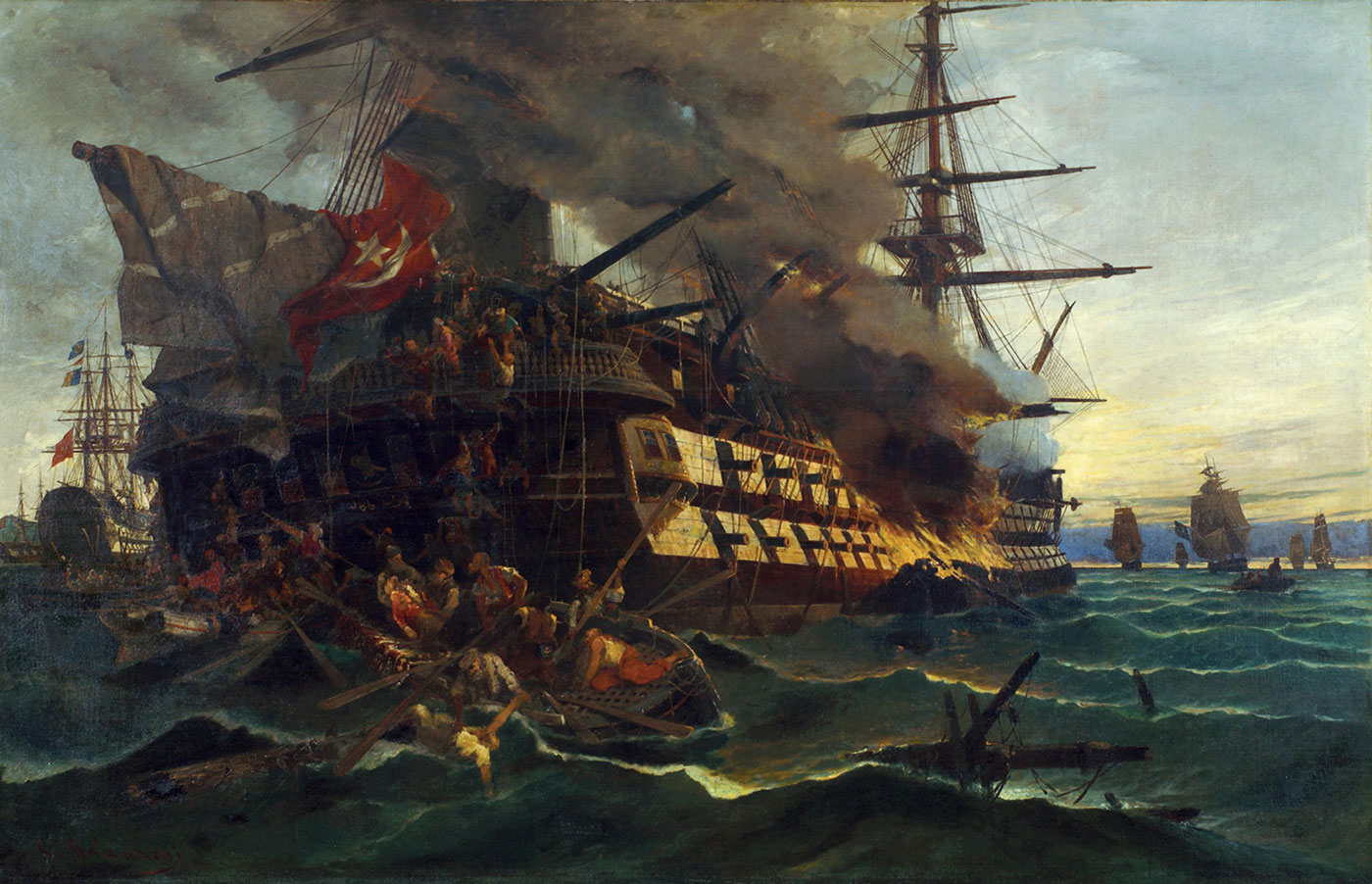
During his stay in Munich, Volanakis will paint, among other things, “The Battle of Trafalgar", purchased by the Navy Ministry of England, as well as two other important artworks, created in 1882: “The Battle of Salamis”, an artwork belonging to the Hellenic Navy which traditionally decorates the Greek Prime Minister's Office, and the "The burning of a Turkish Frigate" (Hellenic Maritime Museum). Volanakis had already created the Greek arm of the western seascape.
"Volanakis died poor in 1907. A century later, his painting "The arrival of Karaiskakis at Faliro" will be sold at an auction for 1.970.000 €, a record price for a Greek artist.
A record price for a Greek painter
In 1883 the artist returned to Greece, settled in Piraeus, was appointed professor at the Athens School of Arts (later School of Fine Arts) and in 1895 established the Art School, where he taught. In 1903, the aggravation of the hernia from which he suffered, forced him to resign from the School of Fine Arts. The financial difficulties, the small art - environment in that period in Greece, where the art – lovers were few and the prices of the works low, will affect the quality of Volanakis’ life and his large family too, leading the gentle artist to suicide attempt.
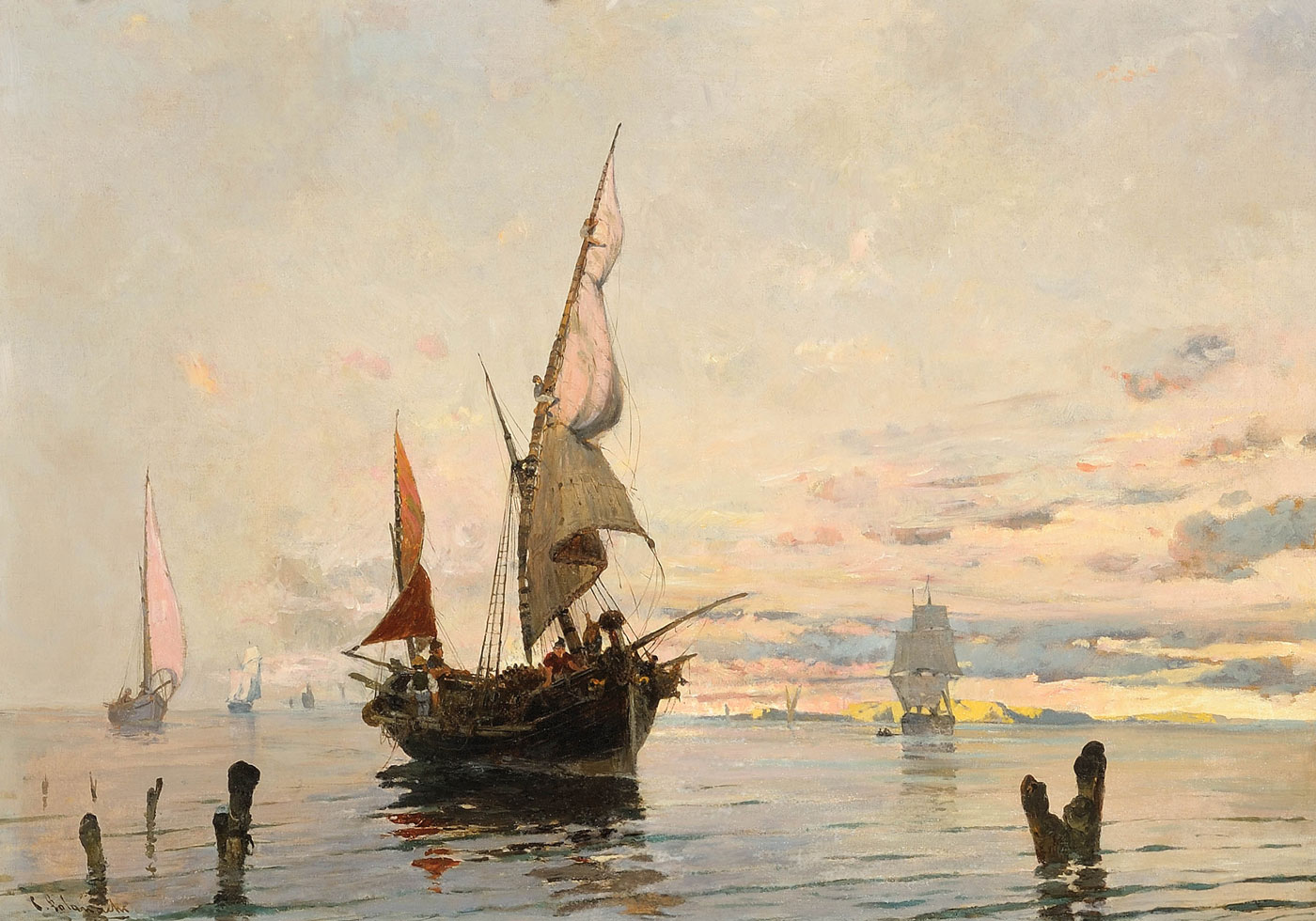
Both an emblematic and a tragic personality, he will die poor, in 1907. A century later and more specifically in 2008, his painting "The arrival of Karaiskakis at Faliro" will be sold at an auction by Sotheby’s for 1.970.000 €, a record price for a Greek artist. It is the painting narrating the arrival of Georgios Karaiskakis with his fleet in Faliro, for the liberation of Athens from the siege of the Turks.
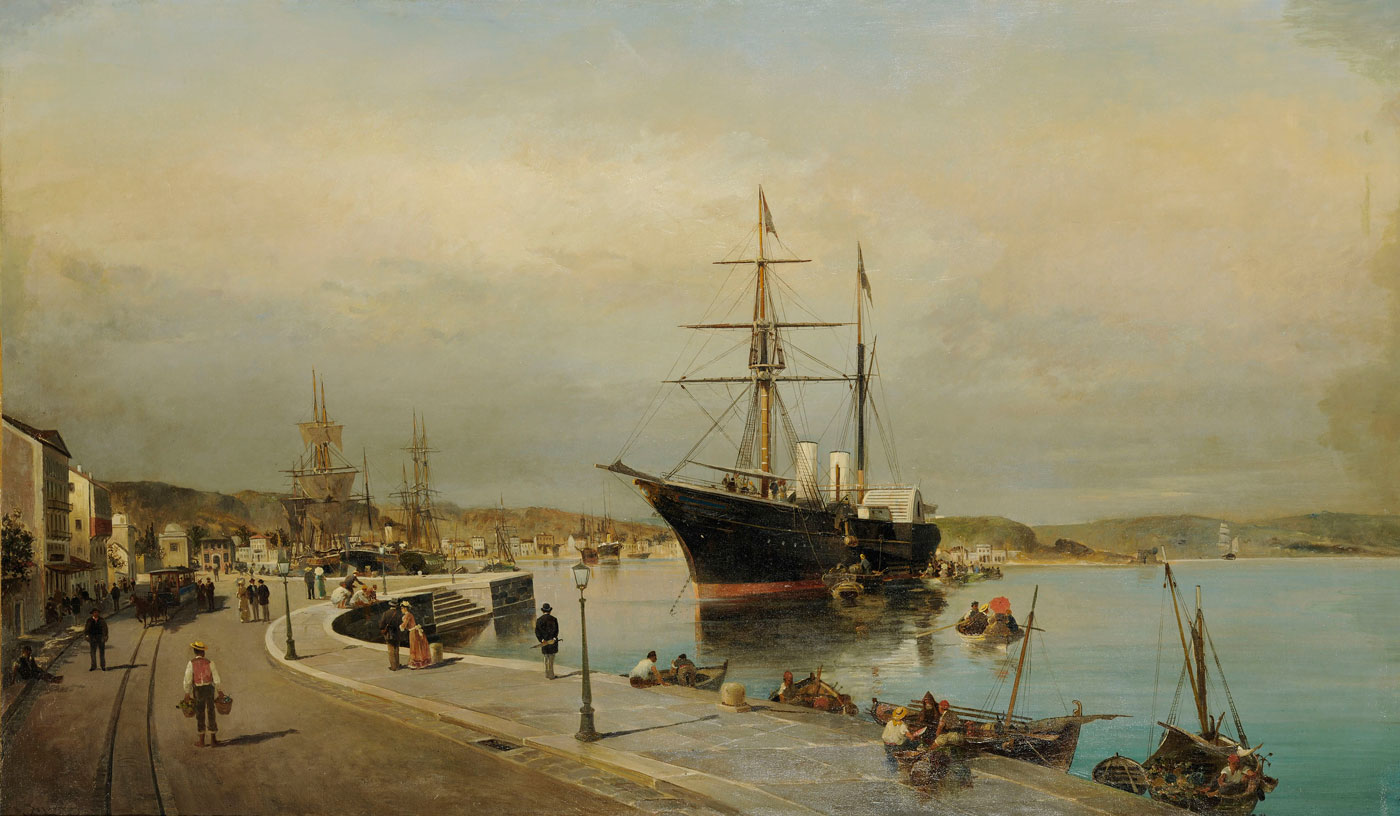
Konstantinos Volanakis “set his sight on depicting the sea as if he sought to reveal its secrets, the authentic truth resisting time’s relentless flow, and finding eternity.” as the exhibition curator, Takis Mavrotas writes in exhibition’s multi- paged catalogue. ‘"The clarity, the variation of light, the multiform and different rendering of the clouds, the fleeting smoke movement of the funnels constitutes the familiar characteristics of his work.. His painting has a personal style, a power of representational energy, breadth and authenticity that defines his artistic greatness with both his realistic and romantic-poetic impressions, consolidating his reputation as "the father of Greek seascape".
Info: Info “Konstantinos Volanakis: the Father of Greek Seascapes”, B. & M. Theocharakis Foundation, 9 Vas. Sofias & 1 Merlin
From February 7 to May 13, General Admission: €7, Opening hours: Monday-Wednesday & Friday-Sunday 10:00-18:00 Thursday 10:00-20:00
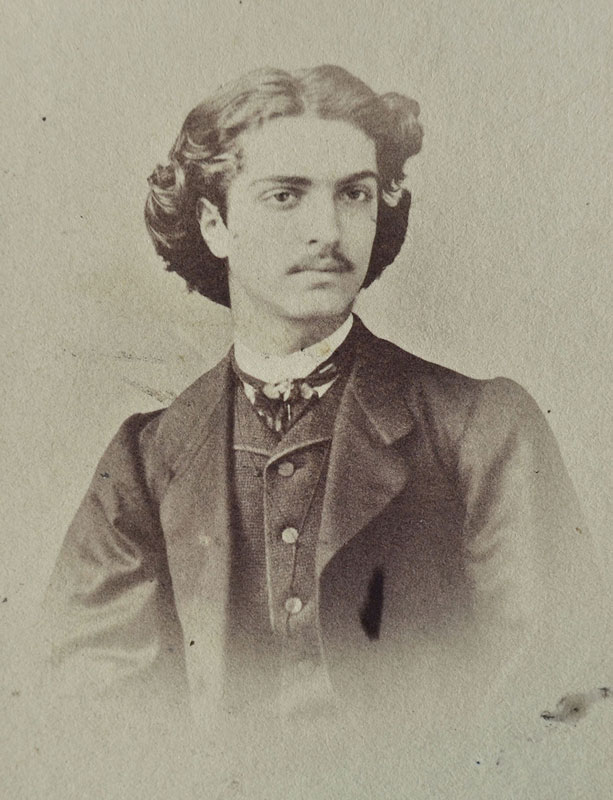
The valuable paintings of the exhibition were ceded from the National Gallery, the Hellenic Maritime Museum, the Hellenic Navy, the National Bank of Greece, the Alpha Bank, the Averoff Gallery, the Alexander S. Onassis Foundation, the Municipal Art Gallery of Piraeus, the Museum of Cycladic Art, the shipowner Panos Laskaridis who lent the most artworks, Marianna Latsis, Evangelos Angelakos and Michalis Dimitrakopoulos.
